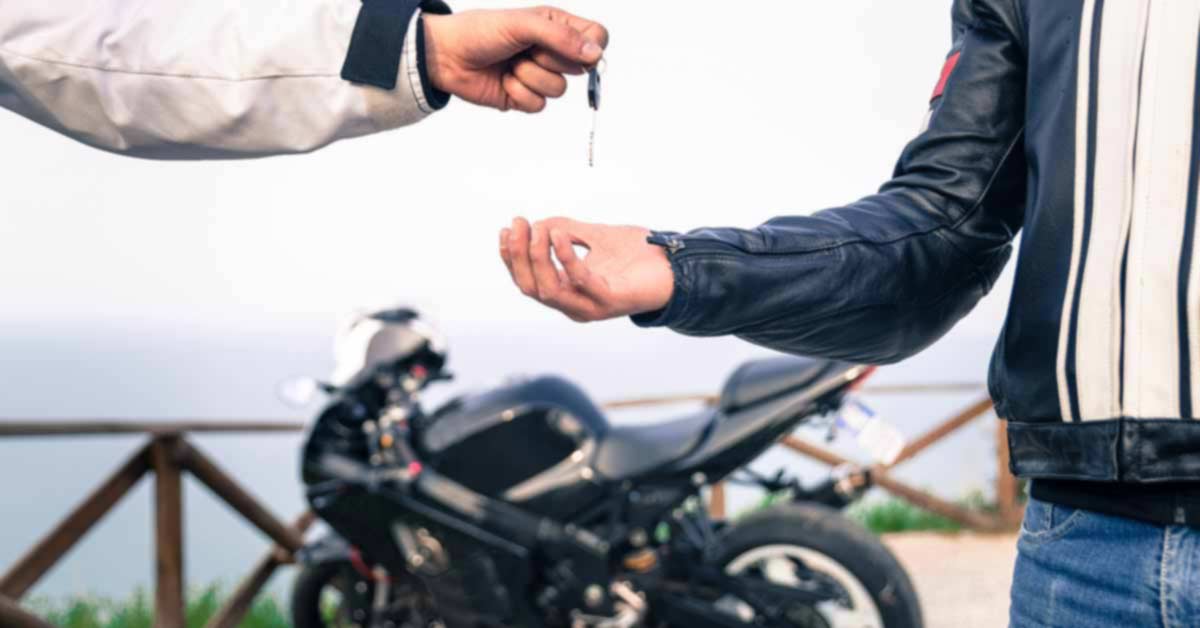Buying a second-hand two-wheeler could be a smart and affordable decision. Whether you're a college student, daily commuter, or someone who needs a reliable backup, the pre-owned market offers much.

However, not all choices are good enough. This updated guide provides deeper insights into the factors you must evaluate before buying a second-hand bike or scooter in 2024.
1. Define Your Purpose and Budget
Before diving into the pre-owned two-wheeler market, identify your purpose for purchasing the bike. Is it for daily commutes, long rides, or occasional use? Once you’re clear on your needs, set a realistic budget.
Factors Influencing Budget:
Vehicle type (commuter bike, sports bike, or scooter).
Age and condition of the vehicle.
Additional costs like insurance and maintenance.
2. Research the Market
The second-hand two-wheeler market is vast, with options ranging from individual sellers to dealerships. Invest time in researching the models that suit your requirements and fall within your budget.
Online Platforms: Websites like Olx, Quikr, and dedicated platforms like BikeDekho offer listings from sellers.
Authorized Dealers: Many manufacturers have certified pre-owned programs that provide verified and refurbished bikes.
Local Market: Explore offline options in your area for competitive pricing.
3. Inspect the Two-Wheeler
A thorough inspection is crucial to ensure you’re getting value for money. If possible, bring along a trusted mechanic or a knowledgeable friend.
Checklist for Inspection
Physical Condition: Look for dents, scratches, or rust.
Engine Health: Check for unusual sounds, smooth ignition, and oil leaks.
Tyres and Brakes: Inspect for wear and tear, and test brake efficiency.
Lights and Electricals: Ensure all lights, indicators, and the horn are functioning properly.
Suspension and Alignment: Take the bike for a spin to check the suspension and the overall balance.
4. Check Service Records
Ask for the service history of the bike from the seller. A well-serviced bike with regular servicing is less likely to have any hidden problems.
What to Look For:
How frequently the bike has been serviced?
When key components like the battery, clutch plates, and tyres have been replaced?
Major repairs or accidents.
5. Verify Ownership and Legal Documents
All the documents should be properly in order to avoid legal complications later.
Documents to be Verified:
Registration Certificate (RC): Confirm whether the chassis number and engine number match with the details in the RC.
Insurance Policy: Whether the bike has valid insurance coverage or not.
Pollution Under Control (PUC) Certificate: Necessary for all vehicles.
Road Tax Receipt: Proof of payment of road tax.
Confirm the ownership details to confirm that the seller is the rightful owner.
Use tools like mParivahan to validate RC and insurance status online.
Learn more about verifying vehicle documents
6. Negotiate the Price
Use your research and inspection findings as leverage to negotiate the best possible price.
Tips for Negotiation:
Highlight the bike’s flaws or upcoming repair costs.
Compare similar models in the market to justify your offer.
Be prepared to walk away if the seller isn’t flexible.
7. Transfer Ownership
Transferring ownership is one of the mandatory procedures to ensure the vehicle is registered in your name legally.
Steps for Transfer RC
Fill up the Form 29 and Form 30 from the RTO.
Submit a NOC if the bike belongs to a different state
Pay the transfer fee that is applicable
Transfer of Insurance
Notify the insurance provider of the change of ownership
Update the policy to avoid lapse in coverage
8. Renew or Upgrade the Insurance Policy
Second-hand bikes are often sold with third-party insurance, which provides very little coverage. It is recommended to upgrade to a comprehensive policy for enhanced protection.
9. Test Ride Before Finalizing
Never finalize a purchase without taking the bike for a test ride. This will help you identify potential mechanical issues and ensure a comfortable riding experience.
What to Check During a Test Ride:
Smooth gear transitions and acceleration.
Suspension and handling on different terrains.
Efficiency of the braking system.
10. Plan for Maintenance
Pre-owned bikes may require more frequent maintenance compared to new ones. Factor these costs into your budget.
Basic Maintenance Tips:
Schedule regular servicing.
Use original spare parts for replacement
Maintain the tyres under the recommended pressure.
11. Leverage Digital Tools
Use apps and websites to make your buying easier.
Top Tools for Buyers:
mParivahan: Check vehicle details and documents
BikeDekho: Compare prices and features of used bikes
DigiLocker: Store digital copies of important documents
Conclusion:
Buying a second-hand two-wheeler could be very rewarding if one approaches the process with due diligence. It starts from making a budget to ensuring proper transfer of ownership. The right purchase is ensured step by step. With this updated guide, you're now all set to approach the pre-owned bike market with confidence. Don't forget to pair your purchase with the right two-wheeler insurance policy and enjoy hassle-free riding experience.






